Your Guide To Make The Right Choice while Buying A Saddle
In the same way that one size or style of footwear does not fit every human, not every saddle fits every horse: the rider’s discipline, type of horse, and needs influence saddle choices. The following article goes over several saddle styles, how to properly fit a saddle to a horse, and how to utilize a saddle, in general, to help you make the right choice while selecting a saddle for sale.
A saddle is one of the first items most people purchase after owning a horse. It’s a significant purchase, and choosing and purchasing a suitable saddle necessitates careful consideration and knowledge. Because most saddles have a lifespan several times a horse, choosing a saddle should be done with caution.
It’s All About the Size
Yes, it is! Seat sizes range from 15″ to 19″, and many riders, in our experience, will require a 17″ to 18″ saddle for sale in Ontario. It’s critical to choose the correct size saddle for you and your horse based on your height, weight, and saddle function.
Appointing a highly regarded, experienced saddle fitter to assist you is the simplest and most efficient approach to determine the exact size. Your saddle fitter will also establish the saddle’s size in inches and width by measuring from the cantle to the head nail badge. Both of these factors must be proportional to your horse’s rib cage length; for example, if your horse’s rib cage length is only 17 inches, a saddle that measures 18 inches will not fit under any circumstances. They’ll also look at how well the saddle fits your horse while you’re riding.
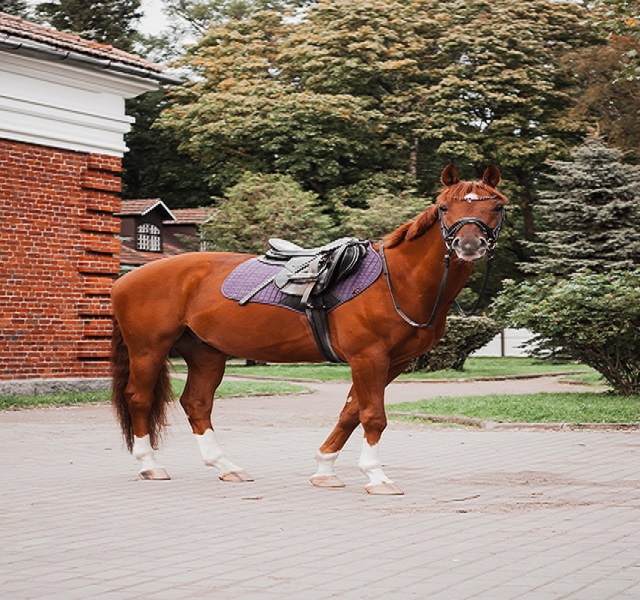
Style:
Choosing a style may or may not be significant to many riders. On the other hand, choosing a riding style may be more difficult for a beginner. As each style has its own set of benefits and drawbacks
- Dressage: If you want to ride mostly for school or compete in dressage contests, a dressage saddle would be an excellent choice. A GP/jump saddle, on the other hand, might be a better alternative to consider if you plan on jumping or doing a lot more active riding activities. Unlike GP and Jump saddles, Dressage saddles are specifically constructed with the rider in mind to position them in the proper riding posture and are the best choice for flatwork.
- Jump Saddles: Jump Saddles have flatter seats and are meant for close-contact riding, allowing you to feel and get closer to your horse while riding without interfering too much with the rider. They also have little knee or thigh blocks to help aid position during jumping.
- GP Saddles: GP saddles are ideal for riders who like riding on the flat, schooling, jumping, and other all-around activities. They are often designed with a deeper seat and shorter flaps to provide balance, coordination, and movement for both you and the horse.
Performance Of The Rider:
Any horse’s performance can be hampered if the rider does not maintain control over the horse’s center of balance. Because the rider’s center of balance shifts with different speeds and types of activity, a saddle must be chosen to assist the rider in maintaining balance during a certain type of performance. This will aid in obtaining optimum performance, but it will also benefit the rider in terms of comfort and security.
Length Of The Saddle:
Consider the length of the saddle. Western saddles are made to fit over your horse’s shoulder and lumbar region of the back. Starting below your horse’s shoulder and terminating before his last rib, your weight should be spread in this area. While there will always be a section of the saddle that extends above your horse’s last rib, you should assess your seat position. It will be more difficult for your horse to carry you if you are situated too far back.
Although we are all familiar with the main types of equine structure, horses are as unique as we are. However, if you take the time to consider how your horse is built and what “excellent fit” means to him, you’ll be more likely to find a saddle for sale in Ontario that will satisfy both of you. All horses appreciate a proper fit. A better understanding of getting a proper fit will result in a more focused and silent ride.
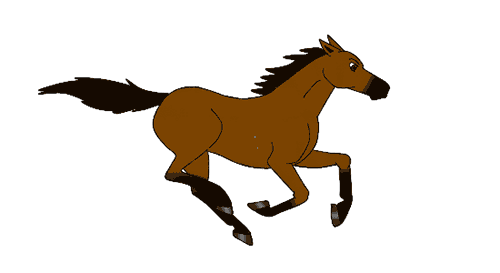

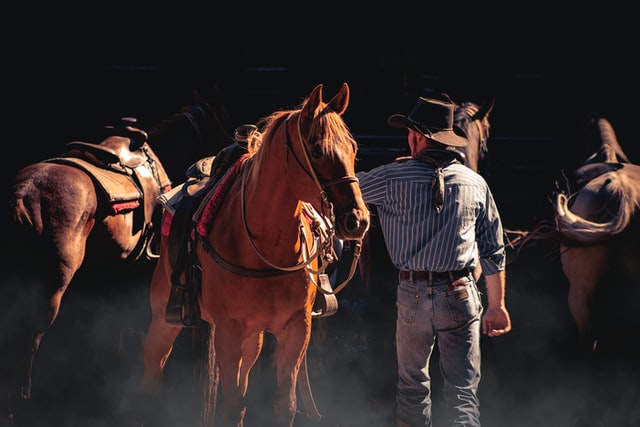
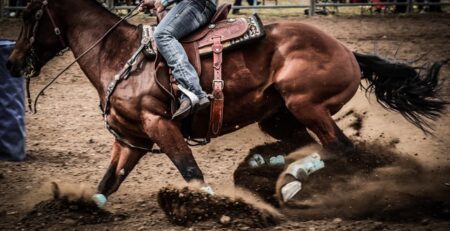
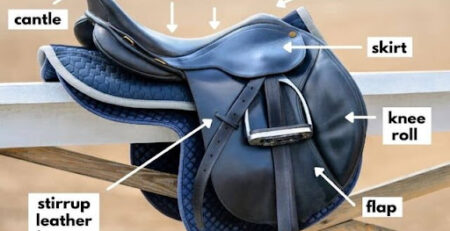
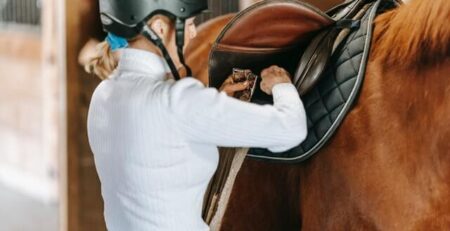
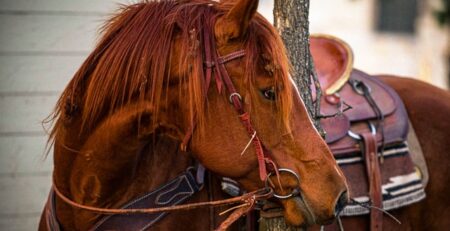
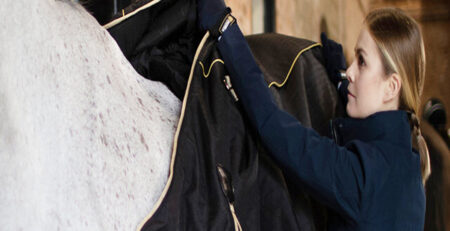
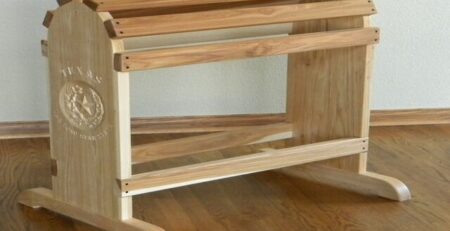
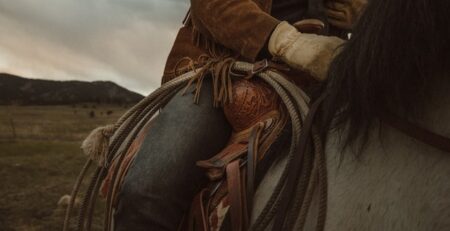

LEAVE A COMMENT